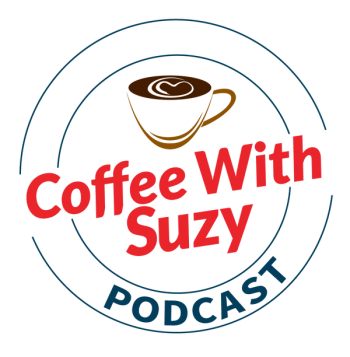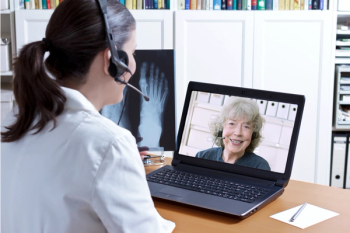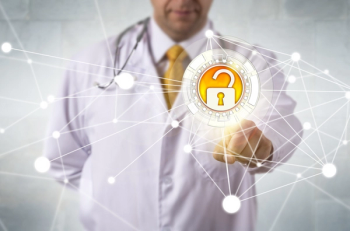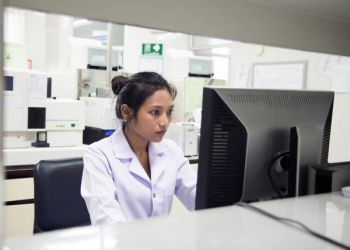
Effective pharmacy managers help everyone to see the proverbial forest through the trees.

Effective pharmacy managers help everyone to see the proverbial forest through the trees.

It is important to step back and see value creation for services from a broader and more fundamental perspective than the individual, daily tasks in the pharmacy.

Quality refers to a set of systems that minimizes errors, maximizes performance and efficiency, and which provides the user with an optimal experience to receive the greatest health benefits.

Each technology should be evaluated on its own merit and, importantly, in appropriate context for your organization given other resources.

Experts discuss tools and trainings that health care institutions have established during the pandemic to support hematology-oncology pharmacists who are struggling with wellness and mental health challenges.

Providing sufficient and comprehensive training about a new service could ensure both successful implementation and increased engagement of staff toward that intervention.

Evidence suggests there are benefits to a more holistic mentoring approach.

Mentorship in pharmacy is particularly important because it may contribute to the development of competent, proficient, and motivated pharmacists to lead the profession and continue to advance the field.

Self-audits help onsite frontline pharmacy leaders and team members to assess compliance before an external surveyor enters their pharmacy to inspect medication use processes.

Suzanne Soliman, PharmD, BCMAS, discusses pharmacy management.

When employees hint or openly share that they are feeling overextended, managers should acknowledge their concerns and work toward creative solutions.

Evidence suggests that there are many barriers to the proper implementation of MTM services, including time constraints and lack of staff support.

The growth of telehealth during the COVID-19 pandemic has caused health care providers to search for innovative solutions for harder to reach patient populations.

Pharmacists are well suited to help patients overcome the barriers that prevent access to therapy regimens.

It is essential to change the way pharmacists address the needs of diverse populations.

Pharmacists can play a more active role in educating patients on tools and resources available to them, enrolling patients in programs, gathering subjective and objective data.

Patient data are essential to providing coordinator care, but more data also creates heightened risks.

Prescription medications are vital to optimal patient outcomes, but they are also becoming increasingly expensive.

Patients want more out of community pharmacies in a post-pandemic culture.

Pharmacists’ performance and ultimately their own well-being on the job can be largely determined by their effectiveness in time management.

Telehealth use expanded in the pharmacy during the pandemic, however, pharmacy personnel face challenges when implementing these services, beginning with regulatory requirements.

Oncologists and rheumatologists reported the highest costs to their practices at $6700 and $7900 per month, respectively.

Proactive retention strategies can improve employee satisfaction and reduce turnover rates.

Entrepreneurism is actually more a function of hard work, networking, and certainly a dash of creative thinking than it is eccentricity, luck, or superior genius.

Customers are looking for ways to save money on prescriptions, but cash cards and coupons could hurt your bottom line. Here’s how to find a sustainable cash-pricing solution that works for you and your customers.